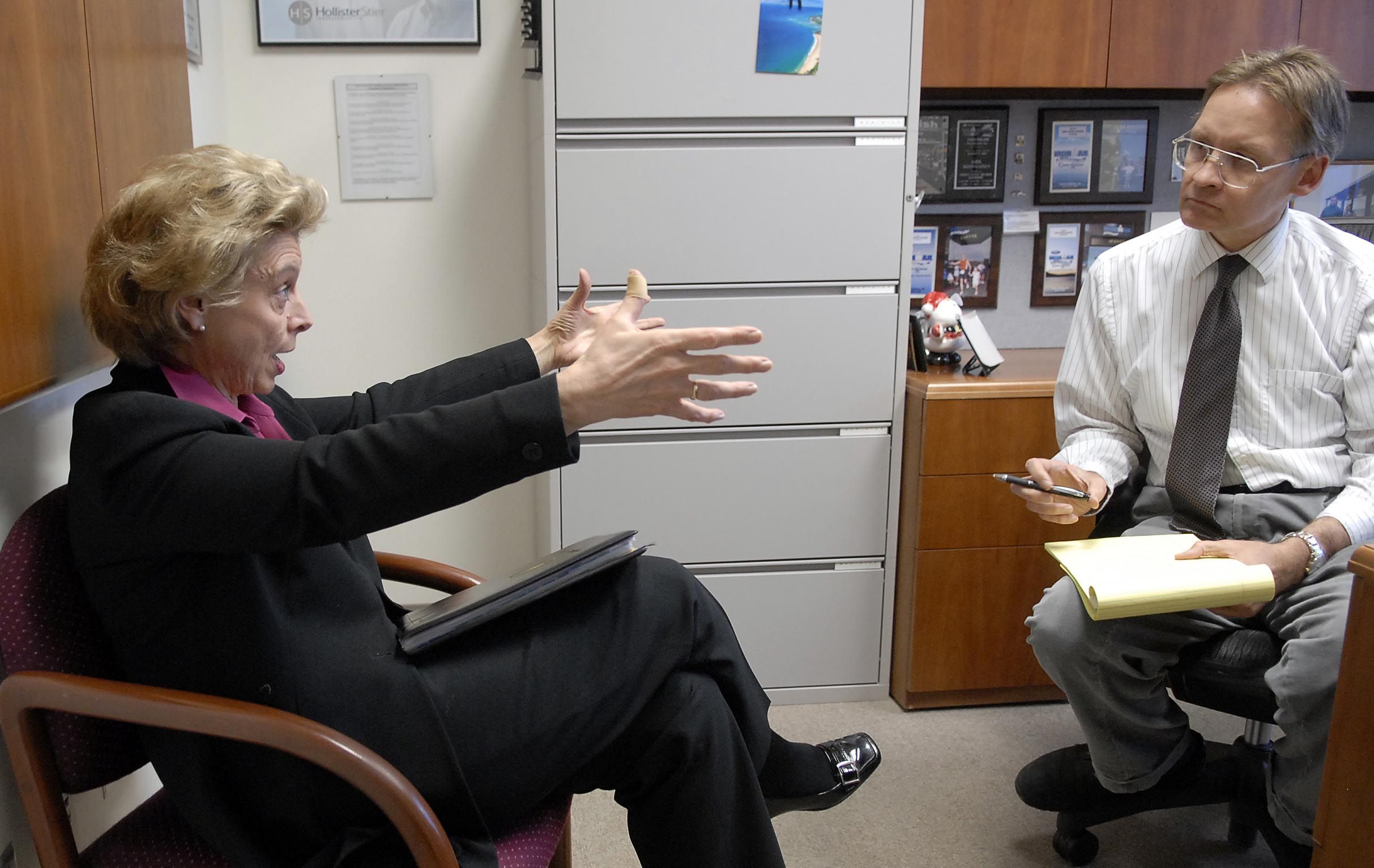State toll system: High tech, low marks
OLYMPIA – Add to the long list of things the Puget Sound communities have that Spokane residents can be glad they don’t: Toll bridges.
Spokane’s last such facility, the Maple Street Bridge, removed “Toll” from its title in 1990 after some 42 years of collecting spare change. For most of that time, the toll was a dime. In one of the best signs of how – shall we say thrifty? – Spokane was, many people drove a half-mile out of their way and waited through several more traffic lights to use the Monroe Street Bridge rather than toss two Tom Jeffersons or one FDR in the basket. . .
To continue reading this item, or to comment, continue inside the blog.
. . . There’s a lesson in that for anyone thinking of slapping a toll on the North Spokane Corridor, aka the North-South Freeway, aka the road forever discussed forever but may be never finished. Put a toll on it and folks will use North Division, the road you were trying to get them to stop using by spending a bazillion dollars and bulldozing a swath through several neighborhoods.
Western Washington now has three toll facilities: the Tacoma Narrows Bridge, a stretch of Highway 167, and the 520 Bridge between Seattle and the ‘burbs on the east side of Lake Washington.
The 520 Bridge is so outdated and undersized that drivers going west in the mornings and east in the late afternoons can finish an entire venti triple-shot vanilla frappachino and be jonesing for caffeine before getting halfway across. Rather than auction off rights to an espresso stand in the middle of the bridge, the state decided to expand it. To help pay for the estimated $4.6 billion expansion, it opted to collect a toll on the bridge before the work is finished.
Because 520 was a free bridge from 1979 until just recently, it no longer had those quaint little “toss the coins in the basket” booths Spokane folks may remember from the Maple Street Bridge. This being the home of Microsoft, Amazon and most things high tech, the state wanted something more cutting edge. Besides, the tolls were going to be such that you’d have to carry around a sock of quarters to get through the week.
The Department of Transportation asked for bids for a company to design and install a system unique to the state’s special tolling laws. In a development that will shock few readers, that system was delivered late and had problems when it started. For Seattle journalists looking to pay off their bar tabs with overtime, reporting on bridge problems – which include such things as pontoons that leak – has been manna in the desert.
An audit of the tolling system released last week pointed out several mistakes the department made selecting a company to set up the system. Getting a system no other state had was risky but unavoidable, auditors said, because state law says tolls collected on each project have to be spent on that bridge or highway. Other states throw all toll money into one pot.
But to show just how complicated a system the department wanted, the audit contains a diagram provided would-be vendors to explain the project. It would have made Rube Goldberg do a double-take.
The department had trouble deciding what exactly it was buying, auditors said. It didn’t give enough weight to accounting and financial considerations when scoring the bids and awarded the $23 million contract to Electronic Transactions Consultants, a bidder with one of the lowest scores in that category. ETC got extra points for having the lowest bid and that more than wiped out the low marks for accounting. When project management changed, ETC got conflicting instructions. When it missed deadlines, the department was slow to assess damages.
What the state got for its money was the Good to Go! Pass, a scannable bar code on the windshield that automatically charges a vehicle’s account when it crosses a tolled facility. The 520 tolls vary, currently topping out at $3.70 during the morning and afternoon rush if you have the pass, or $5.25 if you don’t and they have to track you down by your license plate to send you the bill.
Good to Go! wasn’t good to go until nine months after its deadline, so the state lost an estimate $40 million in tolls it could have been collecting, auditors said. It settled with ETC for $6.4 million. Unlike previous toll bridges like Maple Street, which dropped the toll once construction bonds were paid off, the toll is never coming off these new projects so there’s no way to recoup that money by extending toll past its planned expiration date.
Toll roads and bridges could spread like blackberry bushes in Western Washington in the coming years. Spokane residents who encounter them on a future visit are likely to think fondly of the booths and baskets on the Maple Street Bridge.
